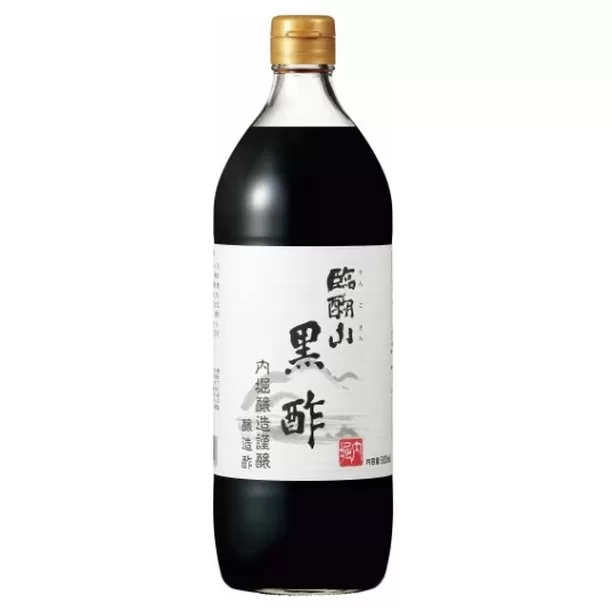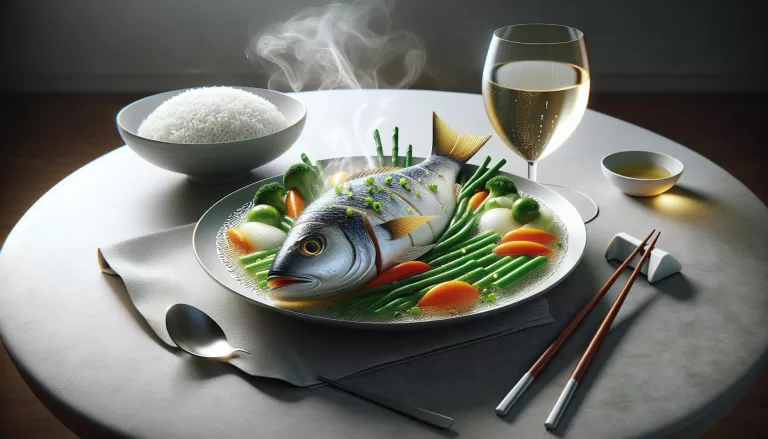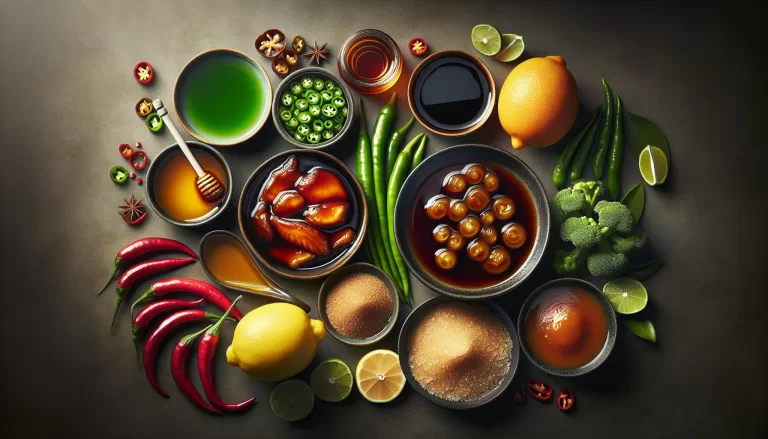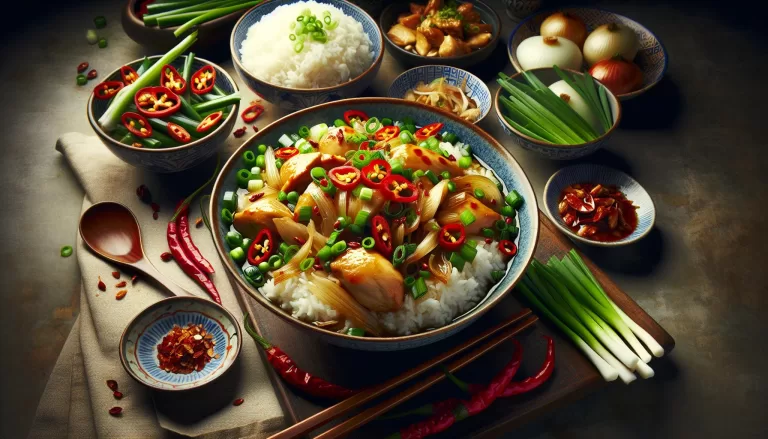Discover The Rich Flavor Of Chinese Black Vinegar
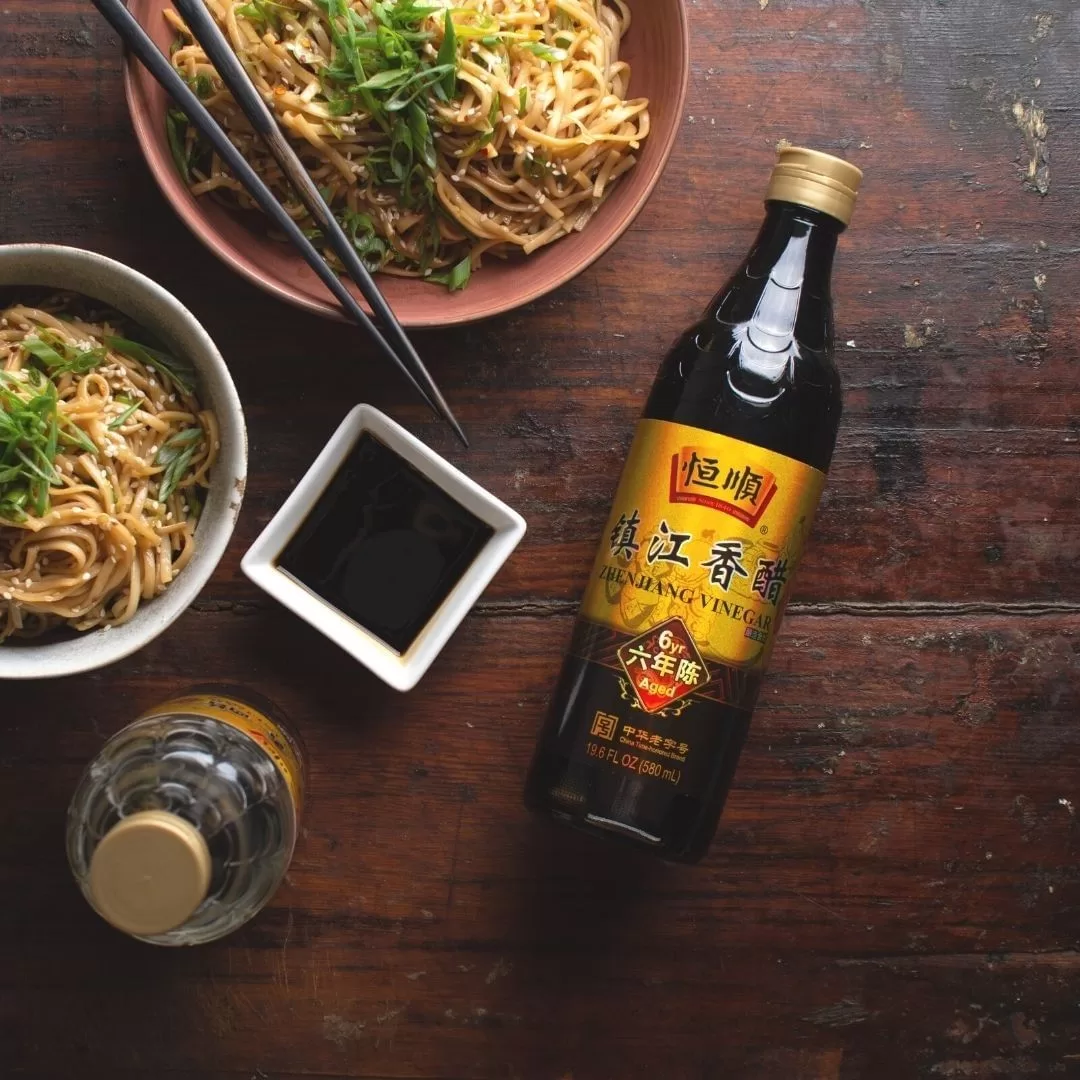
Chinese black vinegar is a unique and versatile ingredient that adds a touch of savory complexity to dishes. For thousands of years, this type of vinegar has been a fundamental ingredient in Chinese cuisine and other Asian dishes. Read on to learn all about Chinese black vinegar, from how it’s made to the best ways to use it in your cooking.
What is Chinese Black Vinegar?
Chinese black vinegar, also known as Chinkiang or Zhenjiang vinegar, gets its name from the town of Zhenjiang in China’s Jiangsu province. This area has a long history of vinegar production using local glutinous rice.
The rice is first fermented to produce rice wine. The alcohol in the rice wine is then oxidized, yielding acetic acid, the primary constituent of vinegar. The vinegar then ages in ceramic pots, taking on its signature reddish-black hue and rich, complex flavor.
The aging process, which can last over a year, allows complex aromas and flavors to develop. Notes of malt, fruit, and smoke come through in the best black vinegar. The flavor is much more robust than Western vinegar, with less overt sourness.

How Chinese Black Vinegar is Made
Authentic Chinese black vinegar is made through a meticulous, time-honored process. Here are the key steps:
Step 1: Prepare the Rice
The rice used is typically glutinous “sticky” rice from the new crop. The grains are carefully cleaned by hand to remove any debris or imperfections. They are rinsed thoroughly in water and then soaked for 2-3 hours to maximize expansion. After soaking, the swollen grains are drained and steam-cooked until very soft with a sticky texture. Properly steamed rice is vital for the fermentation process.
Step 2: Culture the Rice Wine
The freshly steamed rice is combined with a special culture called “grain mother,” made of wheat, herbs, and microbes. This starter culture contains yeasts like Saccharomyces cerevisiae and bacteria like Acetobacter pasteurianus. These microbes digest the starch in the softened rice and convert it into alcohol in a process called saccharification.
The inoculated rice is packed into ceramic fermentation jars and left to ferment and develop into rice wine for around 15 days. During this phase, humidity and temperature need to be carefully managed. Skilled vinegar makers monitor the fermentation daily and test samples using traditional methods.
Step 3: Oxidize the Rice Wine
Once the rice wine has fully fermented with an alcohol content of 12-15%, it is transferred to large earthenware pots coated with tung oil. These pots have cloth covers that allow air flow but prevent contaminants like insects or dust from entering.
Acetobacter bacteria convert alcohol into acetic acid through an aerobic oxidation process. This takes approximately 90-120 days, turning the rice wine into immature black vinegar. The vinegar makers regularly check the acidity using time-honored techniques.
Step 4: Age the Vinegar
The immature black vinegar is transferred into smaller clay aging urns that hold between 20-500 liters. These urns are made from porous Yixing clay and sealed. Over many months, the vinegar takes on a reddish color from the clay. It also develops deeper, more complex flavors from the clay minerals and oxidation.
The aging process can take from 1-3 years. Large urns with more surface area allow for faster maturation and flavor development. After aging, vinegar from different urns is skillfully blended by master vinegar makers to create the desired balance and depth of flavor.
Step 5: Blend and Bottle
After the optimal aging time, the aged black vinegar from different urns is blended in large vats to produce a harmonious balance of flavors. The blended vinegar is filtered before bottling to remove any sediment. Authentic black vinegar is unpasteurized to preserve its natural aroma and taste. The finished vinegar is finally poured into bottles ready for sale.
Health Benefits of Black Vinegar
Beyond its rich flavor, Chinese black vinegar offers some potential health benefits:
- Blood Sugar Control – Multiple studies have shown black vinegar can slow the spike in blood glucose and insulin after consuming high-carb foods like white rice. This anti-glycemic effect makes it beneficial for those with diabetes.
- Weight Loss – Black vinegar may aid weight loss in two ways. First, acetic acid helps suppress appetite. Second, black vinegar helps prevent blood sugar spikes that can lead to fat storage.
- Heart Health – Animal studies suggest regular black vinegar consumption may lower unhealthy LDL cholesterol, triglycerides, and blood pressure. This can reduce risk factors for heart disease. Polyphenols may improve blood vessel function.
- Slows Aging – Antioxidants in black vinegar scavenge free radicals that accelerate aging. Consuming black vinegar daily may help combat oxidative stress and inflammation associated with chronic diseases.
However, more research is still needed to confirm these benefits apply to humans. A doctor should be consulted before using black vinegar as a remedy for those with health issues.
Popular Uses for Chinese Black Vinegar
In Chinese cooking, a splash of black vinegar adds a touch of sweetness and complexity. It balances rich or fatty ingredients. Here are some classic uses:
Dipping Sauces
A simple black vinegar dipping sauce contains:
- 3 tablespoons black vinegar
- 1 tablespoon light soy sauce
- 1 teaspoon sesame oil
- 1 teaspoon finely minced scallion
Blend and enjoy with dumplings, spring rolls, or tempura.
Marinades and Braises
- Combine black vinegar, rock sugar, soy sauce, star anise, cinnamon, and dried tangerine peel for Chinese beef brisket. Sear beef first, then braise until tender.
- Marinate chicken wings in black vinegar, hoisin sauce, soy sauce, minced garlic, and ginger. Bake until caramelized.
Salad Dressings
- Whisk together black vinegar, vegetable oil, minced garlic, grated ginger, and honey for a sweet and tangy dressing. Toss with leafy greens, shredded carrots, and cranberries.
Noodle Dishes
- Cold sesame noodles – Mix black vinegar, soy sauce, sesame oil, sugar, and chili oil. Toss with cooked noodles, julienned cucumbers and carrots, and shredded chicken. Garnish with cilantro.
- Dan dan noodles – Combine black vinegar, minced meat, soy sauce, sesame paste, and chopped scallions. Toss with noodles.
Stir-Fries
Deglaze the wok after stir-frying meat or vegetables with 1-2 tablespoons of black vinegar. Let simmer to reduce slightly before serving. The touch of acid brightens flavors.
How to Substitute for Black Vinegar
While Chinese black vinegar has a unique flavor, you can approximate it by combining the following:
- 1 part balsamic vinegar
- 1 part rice vinegar or sherry vinegar
- 1 teaspoon brown sugar
Add more sugar if you want a sweeter flavor profile. White sugar can also be used instead of brown.
Another easy substitute is to use an equal amount of balsamic vinegar combined with a splash of Worcestershire sauce. Worcestershire’s tamarind and umami notes help replicate Chinese black vinegar’s complexity.
Where to Buy Chinese Black Vinegar
Look for Chinese black vinegar at Asian grocery stores or in the international section of well-stocked supermarkets. Some popular brands are Chinkiang, Koon Chun, Panda, and Marukan.
Check the label for “black vinegar” or “Chinkiang vinegar.” The best varieties are made from rice, though some use wheat or sorghum. Avoid any additives like a caramel color.
Purchase vinegar packaged in glass bottles rather than plastic. Glass helps minimize interaction with oxygen and light, preserving flavor.
How to Store Black Vinegar
After opening, store your black vinegar in a cool, dry place out of direct light. Please keep it in a tightly sealed bottle, as exposure to air and light can degrade the flavor over time. Overly sharp, acidic vinegar usually indicates improper storage.
Refrigeration is not strictly necessary but will help extend shelf life, especially during the hot summer. An unopened bottle will be kept for 2-3 years when stored in a cool, dark pantry.
If vinegar becomes too strong, overly acidic, or develops an unpleasant funk, it’s best to discard it. Never consume vinegar that smells or tastes off.
Give Black Vinegar a Shot!
With its complex yet balanced flavor and versatility in Asian dishes, Chinese black vinegar is a unique ingredient worth having. Seek out an authentic bottle made using traditional methods for the best experience.
Start experimenting with black vinegar in small amounts in your favorite stir-fries, noodle bowls, braised meats, and dipping sauces. You’ll love the touch of rich, tangy umami flavor it brings to both savory and sweet dishes.
Black vinegar packs a tasty punch for such a simple pantry staple. Grab a bottle at an Asian market soon and try it out! Your cooking is sure to reach new heights with this fermented wonder.
Frequently Asked Questions
What exactly is Chinese black vinegar?
Chinese black vinegar, also called Chinkiang or Zhenjiang vinegar, is a type of rice vinegar originating from the city of Zhenjiang in China’s Jiangsu province. It gets its name from the blackish-red color that develops as the vinegar is aged in clay pots. The aging process also gives it a complex, malty flavor that is less sour than Western vinegar.
How is Chinese black vinegar made?
Authentic black vinegar is made by fermenting glutinous rice. The rice is steamed, mixed with culture, packed into jars, and fermented into wine. This rice wine is subsequently subjected to acetic acid bacteria’s oxidation process, which turns the alcohol in the wine into acetic acid and vinegar. The immature vinegar is transferred to clay urns and aged for months to years, taking on its signature color and flavor.
What does Chinese black vinegar taste like?
Chinese black vinegar has a robust, complex taste that is mildly sweet with hints of maltiness and fruitiness. It is less overtly sour than distilled white vinegar, with an almost balsamic-like richness. The flavor deepens as it ages in clay, taking on earthy notes and a subtle smokiness.
How do you cook with Chinese black vinegar?
Black vinegar is used sparingly in Chinese cooking to balance fatty or rich ingredients. Popular uses include dipping sauces, salad dressings, noodle dishes, braised meats, and stir-fried vegetables. It’s also great drizzled on dumplings or added to marinades. Only a splash is needed to lend acidity and savoriness.
What’s a good substitute for Chinese black vinegar?
There’s no perfect substitute, but you can approximate it by mixing 1 part balsamic vinegar, 1 part rice wine vinegar, and a pinch of sugar. Or combine 1 part balsamic and 1 part red wine vinegar. The balsamic adds sweetness similar to black vinegar, while the rice or red wine vinegar provides acidity.
